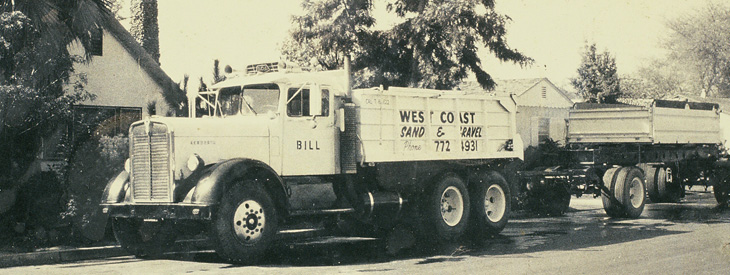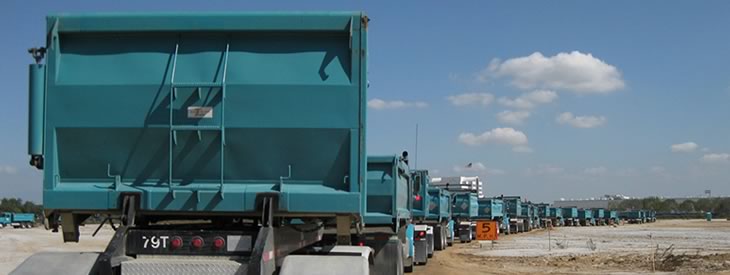


A 1953 engineering standard published by the American Association of State Highway and Transportation Officials set the minimum sand size at 0.074 mm. A 1938 specification of the United States Department of Agriculture was 0.05 mm. The grains of sand in Archimedes' The Sand Reckoner written around 240 BCE, were 0.02 mm in diameter. The size specification between sand and gravel has remained constant for more than a century, but particle diameters as small as 0.02 mm were considered sand under the Albert Atterberg standard in use during the early 20th century. Sand grains are between gravel (with particles ranging from 2 mm up to 64 mm by the latter system, and from 4.75 mm up to 75 mm in the former) and silt (particles smaller than 0.0625 mm down to 0.004 mm). Any particle falling within this range of sizes is termed a sand grain. By another definition, in terms of particle size as used by geologists, sand particles range in diameter from 0.0625 mm (or 1⁄ 16 mm) a volume of approximately 0.00012 cubic millimetres, to 2 mm, a volume of approximately 4.2 cubic millimetres, the difference in volumes being 34,688 measures difference.

The scientific Unified Soil Classification System used in engineering and geology corresponds to US Standard Sieves, and defines sand as particles with a diameter of between 0.074 and 4.75 millimeters. Components are primarily quartz, chert, igneous rock, and shell fragments. 50 billion tons of beach sand and fossil sand is used each year for construction. Desert sand, although plentiful, is not suitable for concrete. Sand is a non-renewable resource over human timescales, and sand suitable for making concrete is in high demand.

Somewhat more rarely, sand may be composed of calcium sulfate, such as gypsum and selenite, as is found in places like White Sands National Park and Salt Plains National Wildlife Refuge in the U.S. For example, it is the primary form of sand apparent in areas where reefs have dominated the ecosystem for millions of years like the Caribbean. The composition of sand varies, depending on the local rock sources and conditions, but the most common constituent of sand in inland continental settings and non- tropical coastal settings is silica (silicon dioxide, or SiO 2), usually in the form of quartz.Ĭalcium carbonate is the second most common type of sand, for example, aragonite, which has mostly been created, over the past 500 million years, by various forms of life, like coral and shellfish. Sand can also refer to a textural class of soil or soil type i.e., a soil containing more than 85 percent sand-sized particles by mass. Sand grains are smaller than gravel and coarser than silt. Sand has various compositions but is defined by its grain size. Sand is a granular material composed of finely divided rock and mineral particles. (4) As seen above, the size standard can depend on subcategories within a NAICS code.Samples are from the Gobi Desert, Estonia, Hawaii and the mainland United States. (2) If Yes, the firm's revenues/number of employees do not exceed the NAICS code's small business size standard. Note, EPA guidelines do not exist for every NAICS (1) By entering Yes for "Buy Green", the firm asserts that it obeys EPA guidelines for environmental friendliness for this NAICS code. General 500 Employees Small Business Size Standard: Other Nonhazardous Waste Treatment and Disposal Specialized Freight (except Used Goods) Trucking, Long-Distance Specialized Freight (except Used Goods) Trucking, Local Brick, Stone, and Related Construction Material Merchant Wholesalers


 0 kommentar(er)
0 kommentar(er)
